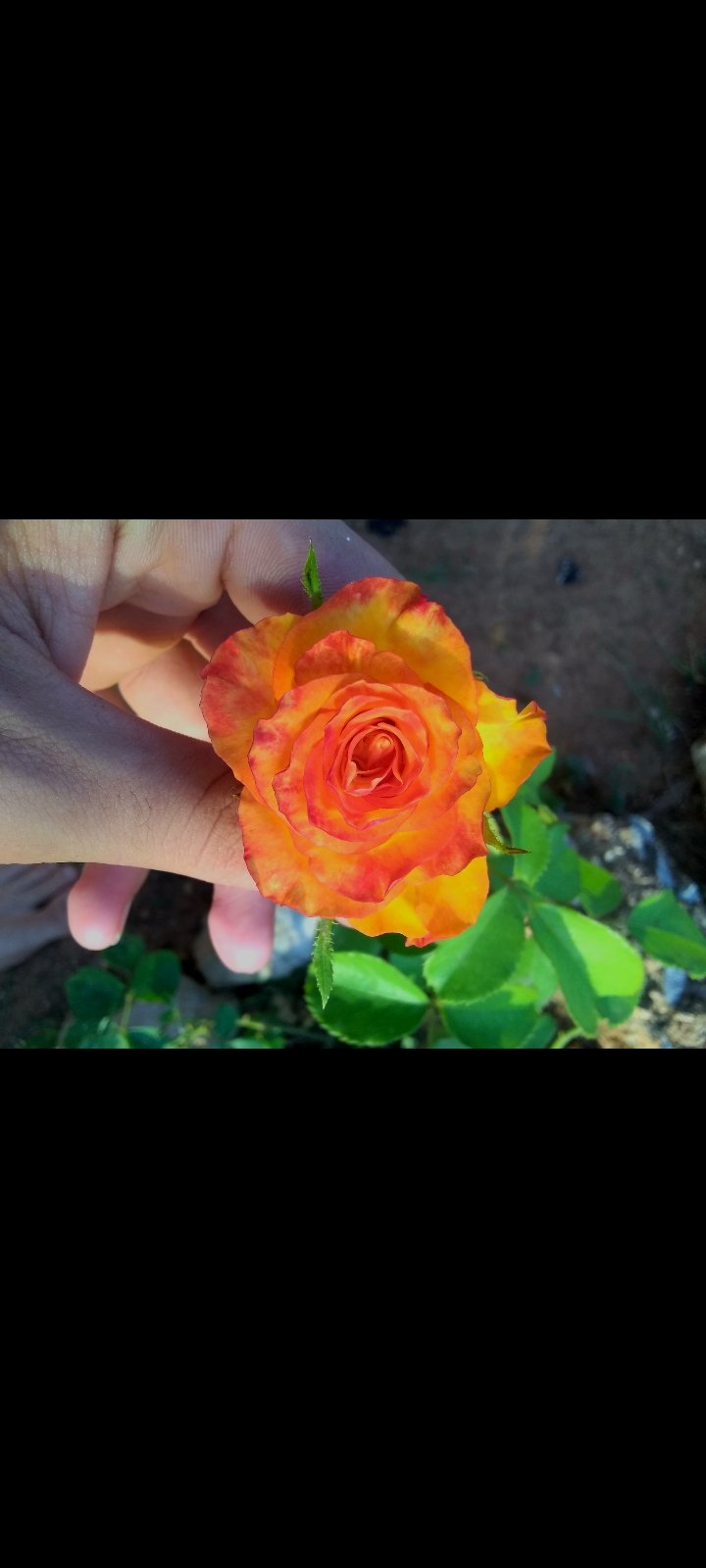
Hello to all the friends in this community! Appreciating the art of photography and the wonders of nature, I have taken these photos in my garden. I hope you enjoy them, and I will be sharing more about this beautiful marvel.

Flowers are one of nature's most beautiful manifestations. Apart from their beauty, they play a crucial role in the ecosystem. In the world of botany, flowers are the reproductive organs of angiosperms, that is, those that produce seeds within. These structures not only attract pollinators such as bees, butterflies, and birds, but they also aid in the production of fruits and seeds that are vital for the species' perpetuation.

One of the most fascinating curiosities about flowers is their incredible diversity. There are over 400,000 species of flowering plants in the world. Each species has unique characteristics in terms of shape, color, and scent. For example, dandelion flowers are yellow and have a very recognizable shape, while orchids can display a myriad of patterns and colors.
Colors and Meanings
The colors of flowers are not only aesthetically pleasing but also carry symbolic meanings. For example:
- Red roses: symbolize love and passion.
- Lilies: are often associated with purity and innocence.
- Sunflowers: represent adoration and loyalty.
This language of flowers is known as "floriography" and has been used throughout history to communicate in ways that go beyond words.



Scents and Attraction
The scent of flowers also plays a significant role. Many flowers emit fragrances to attract pollinators. For instance, jasmine and rose flowers are known for their intense and seductive aromas, which not only attract insects but also humans, making them popular in perfumery. Surprisingly, some flowers, like the "Rafflesia arnoldii," can emit unpleasant odors to attract moths and beetles, acting like carrion.
Flowers in Culture
Flowers have held a significant role in various cultures. In Japan, the cherry blossom (sakura) symbolizes the ephemeral beauty of life and is celebrated during the cherry blossom festival. In Mexican culture, the marigold flower (cempasúchil) is used in offerings for the Day of the Dead, symbolizing the connection between the living and the dead.
In summary, flowers not only beautify our surroundings but also play leading roles in the life chain of ecosystems and in various cultural traditions. Their diversity, symbolism, and ecological functions make them extraordinary living beings that deserve to be appreciated and protected.